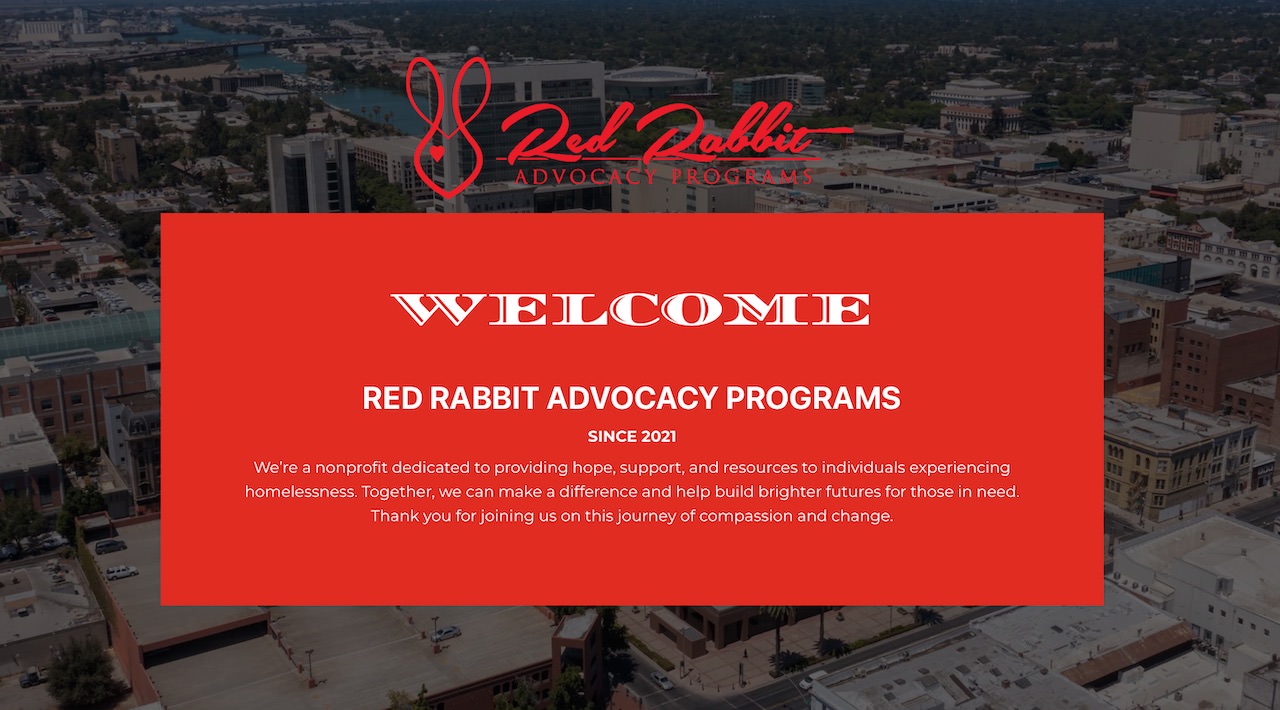6 Historical Facts That Didn't Make The The History Books
History books are great—if you’re into the sanitized, one-size-fits-all version of events. But what about the messy, mind-blowing, and downright scandalous stories they left out? Get ready, because we’re about to uncover some serious sauce that your history teacher never spilled.
1. The Women Who Won Wars (But Didn’t Get Credit)
Seriously, history is sleeping on these warriors.
The Dahomey Amazons weren’t just warriors—they were a force of nature. Trained from a young age to fight, endure pain, and outwit their enemies, these women earned their reputation as some of the most fearsome fighters in 19th-century West Africa. They faced off against European colonizers and left such an impression that even battle-hardened soldiers wrote about their awe. Each recruit went through grueling training, including climbing thorny walls barehanded and practicing with razor-sharp blades. Talk about hardcore. And yet, they rarely get their flowers in history books.
Then there’s Lyudmila Pavlichenko, aka “Lady Death.” As a sniper during World War II, she didn’t just break records—she shattered them. Her sniper skills were unmatched, with a confirmed 309 kills, and she was relentless in her mission to protect her comrades. Post-war, Lyudmila toured internationally, advocating for women’s empowerment and war support. Her speeches inspired thousands, and she even struck up a friendship with Eleanor Roosevelt. If her story doesn’t scream “Hollywood blockbuster,” I don’t know what does.
2. America’s Forgotten Rebellions
Because not all revolts come with fireworks and catchy slogans.
Bacon’s Rebellion in 1676 wasn’t just your average riot. It was a bold pushback against colonial elitism. Nathaniel Bacon led a ragtag group of indentured servants, enslaved people, and angry farmers who were fed up with corrupt policies and poor treatment. They burned the colonial capital of Jamestown to the ground—yes, literally—and made the elite rethink their grip on power. Though the rebellion fizzled out after Bacon’s death, its legacy left colonial leaders anxious about future uprisings, and its impact rippled through early American history.
The Bonus Army March of 1932 brought another kind of rebellion. Thousands of WWI veterans marched to D.C. to demand the bonuses they’d been promised for their service. Instead of gratitude, they were met with tanks, tear gas, and eviction. The clash was so chaotic, even the government got a PR nightmare out of it. Although the veterans didn’t get their money immediately, their movement set the stage for the establishment of future veterans’ benefits—a bittersweet victory for their bravery.
3. The Tulsa Race Massacre (aka “The Worst 24 Hours You’ve Never Heard Of”)
An entire community was erased, and history tried to erase the memory.
The Greenwood District in Tulsa wasn’t just successful—it was thriving. Black-owned businesses flourished, and the community was a shining example of economic independence despite racial segregation. But on May 31, 1921, everything changed. Fueled by a false accusation against a young Black man, mobs of white residents stormed the district, burning buildings, killing hundreds, and leaving thousands homeless. The devastation wasn’t just physical—it was cultural and emotional. What’s worse? Survivors were denied insurance payouts, and the event was kept out of history books for decades. Even today, the massacre’s full story is still being unearthed. Greenwood deserved so much better.
4. The Real Reason for Witch Hunts
When witches became the scapegoats for human greed and grudges.
Picture this: it’s 1692 in Salem, Massachusetts, and folks are losing their minds over witches. But the truth? It was less about spells and more about land grabs. Many accusations conveniently happened when someone had property others wanted. Got beef with your neighbor? Witch. Want someone’s farm? Witch. At its core, the Salem Witch Trials were driven by greed, jealousy, and fear—wrapped up in superstition. Tragically, 20 innocent people were executed, and many more were imprisoned, all because human nature can be downright messy.
5. Native American Resistance Movements You Need to Know
Before there was surrender, there was strategy and resilience.
Tecumseh, the Shawnee leader, wasn’t just fighting to protect his people—he was fighting to unite them. His vision of a Native confederacy was revolutionary, aiming to resist U.S. expansion and preserve tribal lands. Tecumseh’s diplomatic genius brought together tribes with different cultures and histories, a feat unmatched in Native resistance movements. His loss at the Battle of the Thames was devastating, but his legacy continues to inspire Native leaders and historians.
Chief Joseph of the Nez Perce delivered resistance in the form of a brilliant retreat. Faced with forced relocation, he led his people on a 1,170-mile journey through treacherous terrain, outmaneuvering the U.S. Army every step of the way. His leadership showed the Nez Perce’s resilience, but their eventual surrender brought heartbreak. His speech, “I will fight no more forever,” captures the pain and sorrow of a leader who fought for his people until there was no choice left.
6. The Truth About Who Built the White House
America’s democratic symbol was built on undemocratic foundations.
The White House is often touted as a beacon of democracy, but its construction tells a different story. Enslaved people played a significant role in building it, from quarrying stone to laying bricks and carpentry. Their labor wasn’t recognized for centuries, and only recently have efforts been made to honor their contributions. The stark contrast between the ideals the White House represents and the injustices faced by those who built it speaks volumes about America’s contradictions—a truth that’s overdue for acknowledgement.
These untold stories aren’t just extra history—they’re the missing pieces that make the past real, raw, and relatable. They remind us to ask questions, dig deeper, and challenge what we think we know. Because history? It’s more than a timeline—it’s a tapestry of humanity in all its complexity.
What's Your Reaction?
 Like
0
Like
0
 Dislike
0
Dislike
0
 Love
0
Love
0
 Funny
0
Funny
0
 Angry
0
Angry
0
 Sad
0
Sad
0
 Wow
1
Wow
1



































